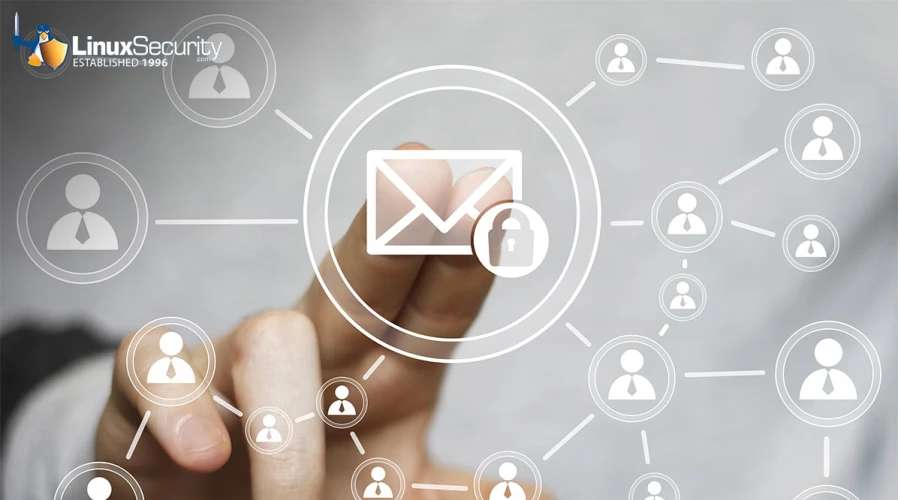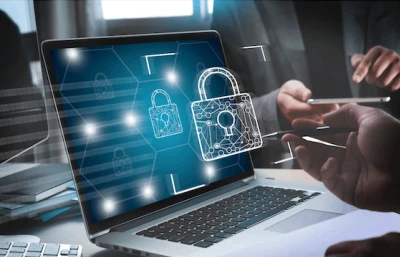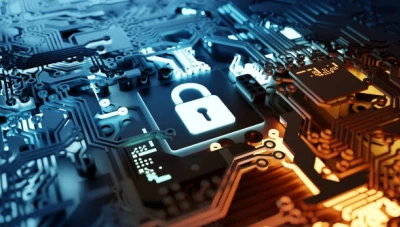
Email remains an indispensable digital communication tool, both professionally and personally. It allows for swift, efficient information exchanges, yet its use carries an inherent risk: unprotected emails pose substantial privacy threats.
An unprotected email account is an inviting target for hackers looking to exploit it for illicit gain, whether by stealing personal data or hijacking accounts for illegal reasons. You don't want your messages falling into the wrong hands and potentially compromising sensitive data. Luckily, we Linux users have many practical tools and strategies to protect email privacy. I'll share some of the most effective tips and best practices for strengthening email privacy on Linux. While some of these suggestions apply specifically to Linux, many also apply broadly across other systems.
Select a Privacy-Oriented Email Client for Linux
 Selecting an email client that prioritizes security can help ensure your communications remain private. Some clients, like Mutt and Claws Mail, boast robust, built-in security features to safeguard email on Linux. Mutt allows users to configure advanced encryption settings, while Claws allows more control over data storage and tracking issues. Evolution supports PGP encryption, making it an attractive option. Choosing such an email client can reduce vulnerabilities significantly and ensure communications remain confidential.
Selecting an email client that prioritizes security can help ensure your communications remain private. Some clients, like Mutt and Claws Mail, boast robust, built-in security features to safeguard email on Linux. Mutt allows users to configure advanced encryption settings, while Claws allows more control over data storage and tracking issues. Evolution supports PGP encryption, making it an attractive option. Choosing such an email client can reduce vulnerabilities significantly and ensure communications remain confidential.
Secure Email Accounts with Multi-Factor Authentication (MFA)
Multi-factor authentication (MFA) is an essential security feature that adds another level of protection to email accounts on Linux. MFA requires users to submit two verification forms before accessing their account - typically, this involves providing both a password and a secondary factor, such as an SMS code sent to a mobile device - before they gain entry. Instructions on setting up MFA may differ depending on your email provider, though typically, these options will be found under security settings in account settings or security options. By activating MFA, you'll vastly improve privacy and security on Linux email accounts.
Implement End-to-End Encryption (E2EE)
Using End-to-End Encryption (E2EE) ensures that only the sender and recipient can read email contents by encrypting and decrypting messages at both ends, thus blocking intermediaries (email providers) from accessing emails sent between devices. Linux users can utilize E2EE through tools like GnuPG with email clients like Thunderbird. Setting it up typically involves exchanging encryption keys between users. While this takes some initial effort, it significantly increases email privacy.
Use a Virtual Private Network (VPN)
A Virtual Private Network (VPN) extends a private network across public networks, enabling users to send and receive data as though their devices were directly connected. By encrypting internet traffic, VPNs protect you from prying eyes on the network, making them especially helpful when accessing emails on public Wi-Fi networks or untrustworthy networks. Users can add another layer of privacy and protection to their online communication when selecting a reliable VPN provider.
Secure Email with an SSL/TLS Security Certificate
SSL and TLS security certificates provide a safe channel for data transmission between email clients and servers, protecting data exchanged by them against being intercepted by hackers. Creating or purchasing an SSL/TLS certificate will defend against attacks to gain unauthorized data access. You can do this online or purchase directly through certificate authorities. By adequately protecting email communications using this protocol, you'll improve overall privacy while gaining a strong defense against potential intrusions.
provide a safe channel for data transmission between email clients and servers, protecting data exchanged by them against being intercepted by hackers. Creating or purchasing an SSL/TLS certificate will defend against attacks to gain unauthorized data access. You can do this online or purchase directly through certificate authorities. By adequately protecting email communications using this protocol, you'll improve overall privacy while gaining a strong defense against potential intrusions.
Traditional POP3 and IMAP connections weren't designed with security in mind, and transmitted information—including passwords— is in plain text. This poses the risk of hackers attempting to capture sensitive data. SSL/TLS encryption can provide strong authentication by safeguarding information between the email client and server, thus decreasing the risk of third-party password theft or account access.
Digitally Signing and Encrypting Emails
Digitally signing and encrypting emails are essential components of email privacy and security. A digital signature validates the identity of its sender, while encryption renders email content unreadable without access to its decryption key. On platforms like Thunderbird and Enigmail, users can easily set up encryption and digital signatures to maintain integrity and confidentiality in their communications.
Apply OpenPGP Encryption
OpenPGP is an open standard for encrypting and signing data, including email messages. It offers a reliable method for protecting content only accessible to intended recipients while keeping email communications private and secure. Thunderbird supports OpenPGP for seamless encryption/decryption/signature verification processes that increase email confidentiality while improving security in Linux environments.
Our Final Thoughts on Protecting Email Privacy on Linux
Linux email, like any operating system, presents privacy and security challenges. However, by adopting the best practices I've discussed, users can significantly lower their risks while strengthening the security of their online communications. From selecting a secure email client with MFA enabled and using E2EE to employing SSL/TLS security certificates, all these strategies form a multi-layered approach to protecting email privacy for Linux for users who wish to ensure that all their email correspondences remain private and safe—enhancing overall online safety.













